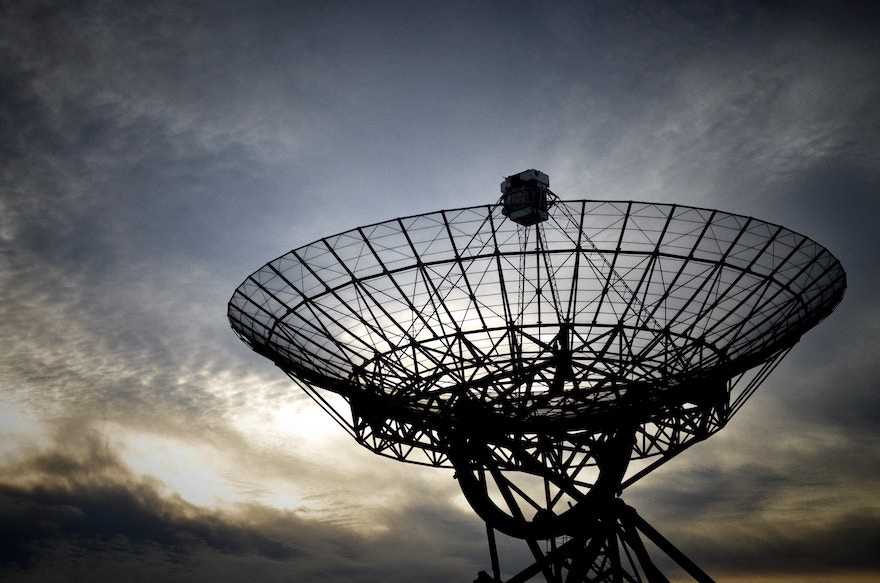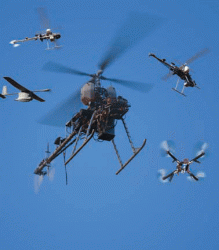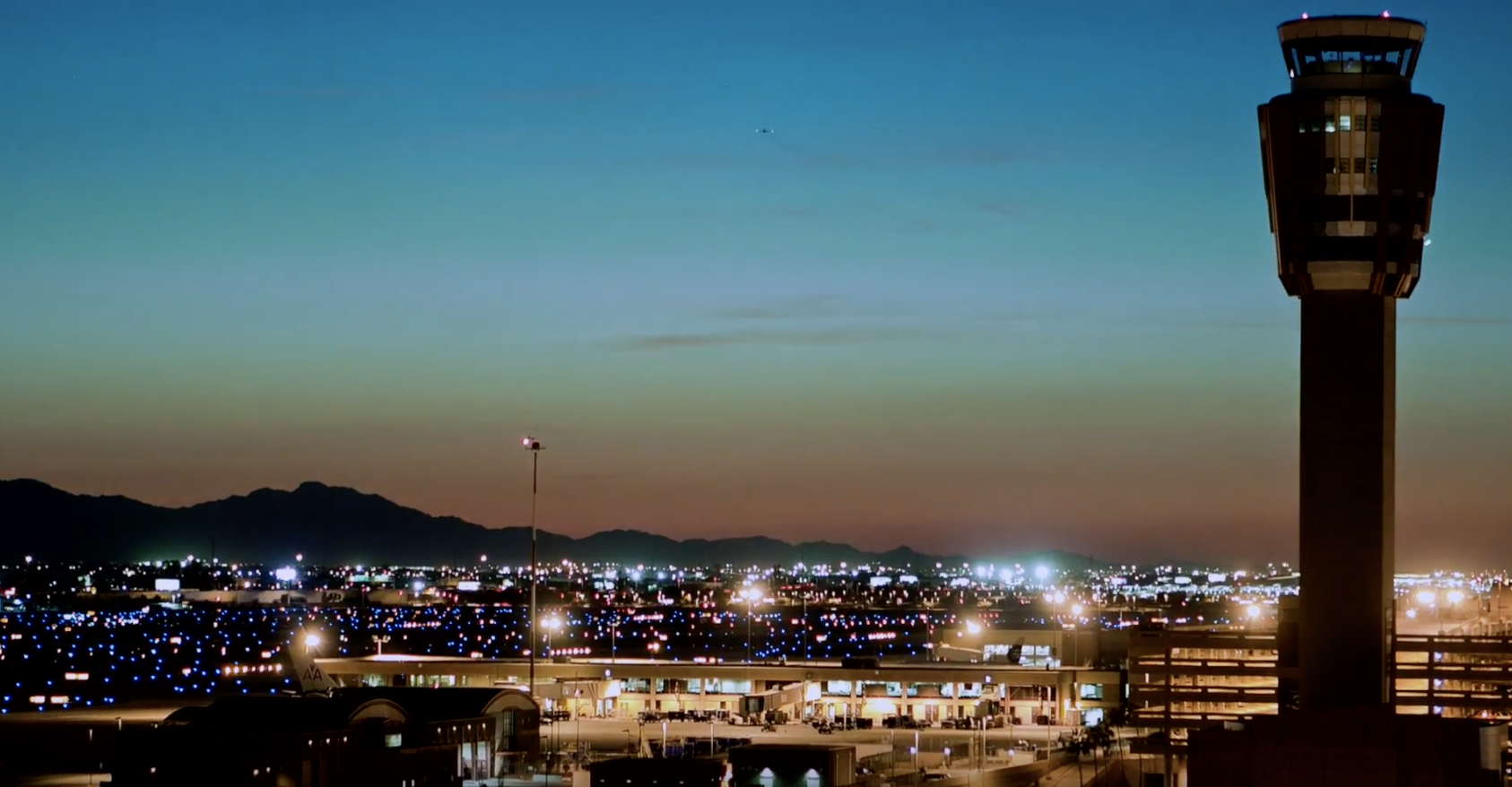International astronomers linked observations from eight telescopes, including the the Canadian Hydrogen Intensity Mapping Experiment (CHIME), to pinpoint the location of a repeating fast radio burst (FRB), a little-understood and seldom-observed astronomical phenomenon that may hold keys to the origin of the universe. GPS played an important role in coordinating the telescopes and their milliseconds of data.
[Photo by Matthijs van Heerikhuize on Unsplash]
In results published in the January edition of Nature, the European VLBI Network (EVN) used eight widely dispersed telescopes to simultaneously observe the repeating radio source known as FRB 180916.J0158+65. Using the Very Long Baseline Interferometry (VLBI) technique with timing coordinated by GPS, the researchers localized the source in an extremely small galaxy, not overly far from the Milky Way, in a region approximately seven light years across. This has been likened to a person standing on the Earth’s surface and picking out another person standing on the Moon.
Using such precise location data, the research team trained an optical telescope directly onto the distant celestial area to learn more about its environment. They saw “the faint spiral arms of a Milky-Way-like galaxy and . . . the FRB source in a star-forming region in one of those arms,” said co-author Shriharsh Tendulkar.
In operation since summer 2018, CHIME in British Columbia consists more than 1,000 antennas. Its large field of view increase its chances of picking up fleeting FRBs, powerful blasts of energy that last only milliseconds. Once it observed FRB 180916, the CHIME/FRB team worked closely with the EVN to determine exactly where to point the several VLBI telescopes. Coming at the distant object from a variety of angles could be likened to a “reverse GPS in space.” On June 19, 2019, eight telescopes from the EVN simultaneously observed the radio source. During five hours of observations the researchers detected four bursts, each lasting for less than two thousandths of a second.
Half-a-billion light years from Earth — that’s how far away FRB 180916’s source lies. That’s still seven times closer than the only other repeating burst to have been localized, and more than 10 times closer than any of the few non-repeating FRBs scientists have managed to pinpoint.
FRBs are brief, bright, extragalactic radio flashes of unknown origin. Alien intelligence has been proposed by enthusiasts but largely discounted by the scientific community. Dozens of physics-based models have been put forward. Understanding their causation could lead to unravelling the creation of galaxies, and of the universe itself.
“This detection has really broken open the gates of a new realm of science and discovery,” stated Sarah Burke-Spolaor, an astronomer at the National Radio Astronomy Observatory in Socorro, New Mexico, and West Virginia University in Morgantown.
Fast radio bursts appear to come from beyond the Milky Way and crop up seemingly at random across the sky. Although they last just milliseconds, the radio blasts can emit as much power as 500 million suns.
In VLBI interferometry, the technique used to track down the FRB, digitized antenna data are recorded at each of several telescopes. The antenna signal is sampled with an extremely precise and stable atomic clock, usually a hydrogen maser, that is locked onto a GPS time standard. GPS timing is also used to coordinate the observations from disparate telescopes..
The International VLBI Service for Geodesy and Astrometry is an international collaboration whose purpose is to use the observation of astronomical radio sources using VLBI.
“The multiple flashes that we witnessed in the first repeating FRB arose from very particular and extreme conditions inside a very tiny [dwarf] galaxy,” said Benito Marcote, lead study author from the Joint Institute for VLBI in Europe. “This discovery represented the first piece of the puzzle but it also raised more questions than it solved, such as whether there was a fundamental difference between repeating and non-repeating FRBs. Now, we have localized a second repeating FRB, which challenges our previous ideas on what the source of these bursts could be.”






